Assuming there is increased liver fluke in animals on wetlands is wrong, according to Moredun Institute research.
Through studying cattle and sheep on two wetland sites, researchers found a relatively low burden of liver fluke on the animals.
The study was prompted by a rise in agri environmental schemes, which promote the introduction or retention of wetland areas on farms.
The perception among many farmers is that this might increase the liver fluke risk to their livestock, but the research shows it is not clear cut.
Highly pathogenic
The liver fluke is a highly pathogenic flatworm parasite that causes significant disease and production losses in grazing animals.
Because it has a mud snail intermediate host, liver fluke is typically found on low-lying, boggy ground. With increasing areas of wetland areas on-farm, farmers are worried fluke will rise as the habitat looks to suit the mud snails.
In their investigation, headed by parasitologist Philip Skuce, scientists studied two different agri environment scheme scenarios.
Firstly, on the Caerlaverock Estate, Solway Firth, where livestock grazing is required to provide the optimum habitat for natterjack toads, a protected species in Scotland.
Secondly, at SRUC’s Hill and Mountain Research Centre, Kirkton and Auchtertyre Farms, near Crianlarich, Perthshire, where they were monitoring wader scrapes established to encourage wetland birds, such as snipe, curlew, oystercatcher, which are in serious decline in Scotland.

A snipe.
Using faecal egg counting, the study determined the presence of liver fluke in the livestock and the mud snails. They also looked at the specific fluke species.
Results would indicate that the fluke risk to grazing livestock under these two grazing scenarios was actually relatively low. However, Skuce is keen to point out this is a relatively small study, so ongoing monitoring and management is needed.
Skuce said: “The fluke risk was low and even less than the burden where the animals were before grazing the wetland. Clearly, stocking rate and how long the cattle are on the wetlands plays a part.
“Down in the Solway, it was a salt marsh and the main species was the New Zealand water snail, which like brackish water. We have not seen this species snail be a host of liver fluke, which affects livestock here in Scotland at Moredun.
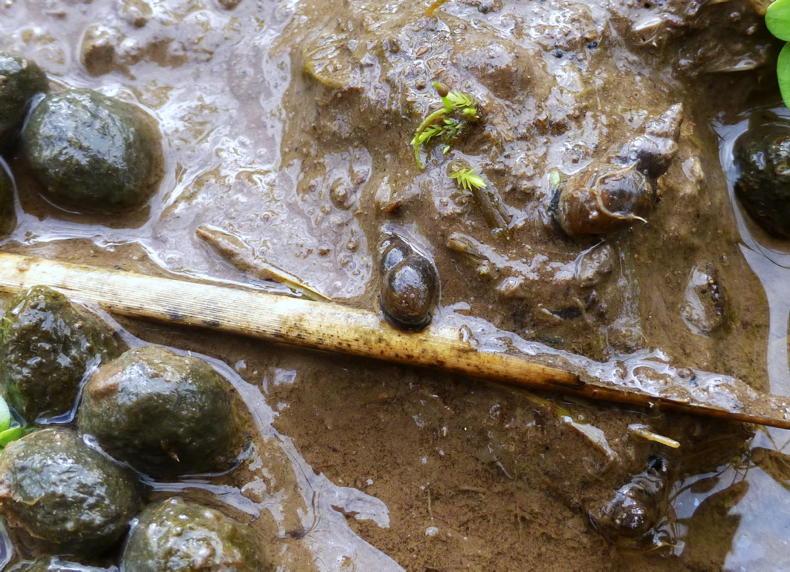
Liver fluke snails (Galba truncatula) on wet pasture.
“Up at Auchertyre the wader wetlands had waist-deep grass and had recently been created, so perhaps there were not enough animals or they hadn’t been there long enough to make it a fluke friendly habitat. But the burden was not high in the wetland."
Don’t jump to the assumption
“The message is don’t jump to assumptions that wetlands are necessarily areas of high levels of fluke.
"The study illustrates that it is possible to promote biodiversity benefits through conservation grazing and not at the expense of animal health, but this requires evidence and informed decision-making.”

Pictured is the disease that is liver fluke, a common parasitic infection of cattle and a disease of great economic and animal health importance to farmers.
The next step is to look at the impact of woodland and peatland creation on increased fluke instances in grazing livestock.
Assuming there is increased liver fluke in animals on wetlands is wrong, according to Moredun Institute research.
Through studying cattle and sheep on two wetland sites, researchers found a relatively low burden of liver fluke on the animals.
The study was prompted by a rise in agri environmental schemes, which promote the introduction or retention of wetland areas on farms.
The perception among many farmers is that this might increase the liver fluke risk to their livestock, but the research shows it is not clear cut.
Highly pathogenic
The liver fluke is a highly pathogenic flatworm parasite that causes significant disease and production losses in grazing animals.
Because it has a mud snail intermediate host, liver fluke is typically found on low-lying, boggy ground. With increasing areas of wetland areas on-farm, farmers are worried fluke will rise as the habitat looks to suit the mud snails.
In their investigation, headed by parasitologist Philip Skuce, scientists studied two different agri environment scheme scenarios.
Firstly, on the Caerlaverock Estate, Solway Firth, where livestock grazing is required to provide the optimum habitat for natterjack toads, a protected species in Scotland.
Secondly, at SRUC’s Hill and Mountain Research Centre, Kirkton and Auchtertyre Farms, near Crianlarich, Perthshire, where they were monitoring wader scrapes established to encourage wetland birds, such as snipe, curlew, oystercatcher, which are in serious decline in Scotland.

A snipe.
Using faecal egg counting, the study determined the presence of liver fluke in the livestock and the mud snails. They also looked at the specific fluke species.
Results would indicate that the fluke risk to grazing livestock under these two grazing scenarios was actually relatively low. However, Skuce is keen to point out this is a relatively small study, so ongoing monitoring and management is needed.
Skuce said: “The fluke risk was low and even less than the burden where the animals were before grazing the wetland. Clearly, stocking rate and how long the cattle are on the wetlands plays a part.
“Down in the Solway, it was a salt marsh and the main species was the New Zealand water snail, which like brackish water. We have not seen this species snail be a host of liver fluke, which affects livestock here in Scotland at Moredun.

Liver fluke snails (Galba truncatula) on wet pasture.
“Up at Auchertyre the wader wetlands had waist-deep grass and had recently been created, so perhaps there were not enough animals or they hadn’t been there long enough to make it a fluke friendly habitat. But the burden was not high in the wetland."
Don’t jump to the assumption
“The message is don’t jump to assumptions that wetlands are necessarily areas of high levels of fluke.
"The study illustrates that it is possible to promote biodiversity benefits through conservation grazing and not at the expense of animal health, but this requires evidence and informed decision-making.”

Pictured is the disease that is liver fluke, a common parasitic infection of cattle and a disease of great economic and animal health importance to farmers.
The next step is to look at the impact of woodland and peatland creation on increased fluke instances in grazing livestock.








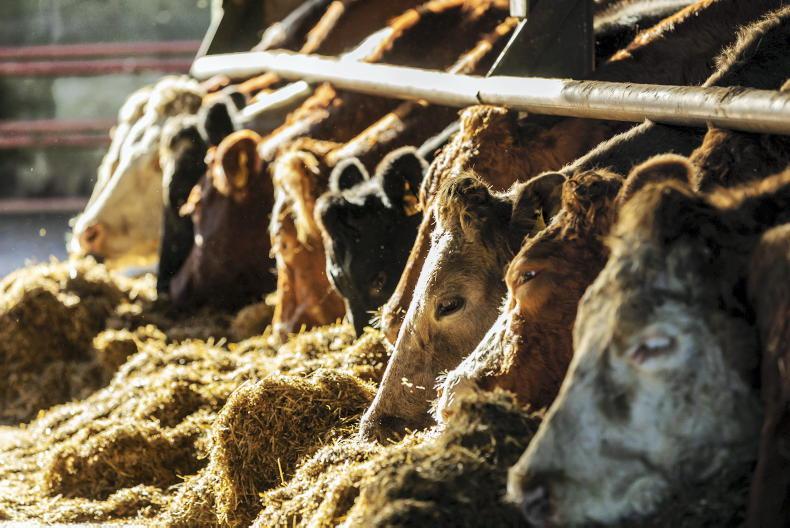

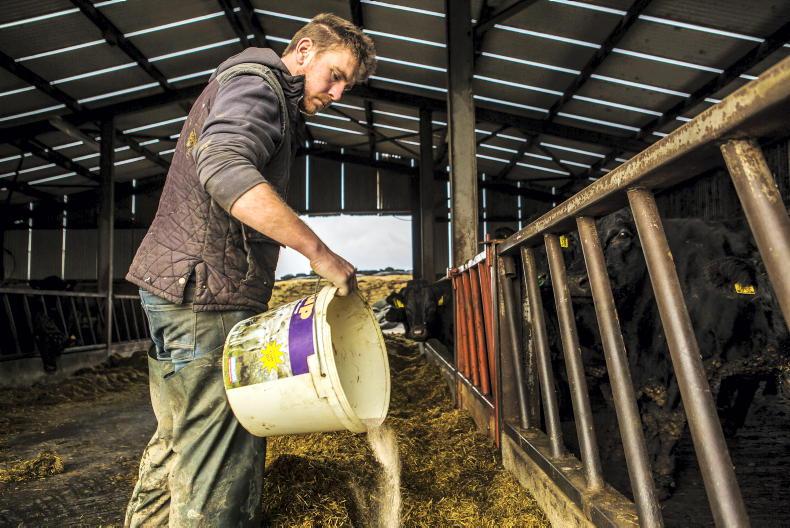
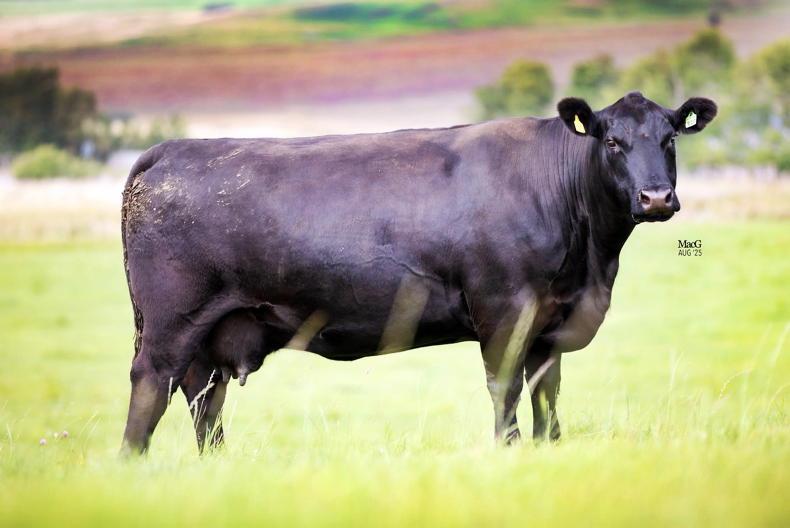
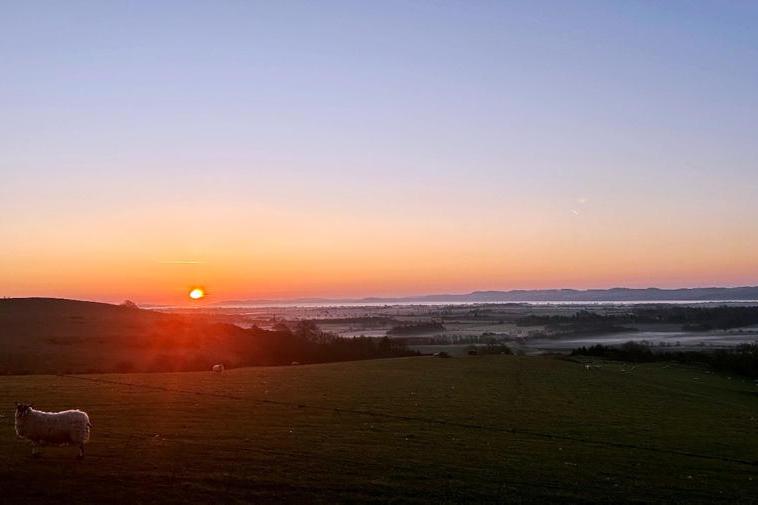
SHARING OPTIONS